How do I get around Bangkok without losing my mind? If that question’s crossed your mind while planning your Thailand adventure, you’re not alone.
Bangkok’s transportation network is a thrilling mix of the ultra-modern and the wonderfully chaotic. From the sleek BTS Skytrain zipping above traffic jams to color-splashed tuk-tuks weaving through narrow lanes, the options are endless—but navigating them can feel like a puzzle for first-time visitors.
The real challenge? Choosing the right ride. What works for a quick mall hop in Sukhumvit might not cut it for a lazy river cruise or a midnight snack run in Chinatown. Traffic, distance, comfort level, and—let’s be honest—how much you’re willing to spend, all matter.
But don’t worry. We’ve untangled Bangkok’s transit maze into a clear, traveler-friendly guide that helps you move smart, not just fast. Whether you’re a budget backpacker, a family on-the-go, or just someone chasing all the best things to do in Bangkok in 2025 – this guide is your go-to.
Because in a city like Bangkok, how you get there is just as exciting as where you’re going.
Public Transport in Bangkok: The Fastest & Easiest Way
BTS Skytrain: Soaring Above the Traffic
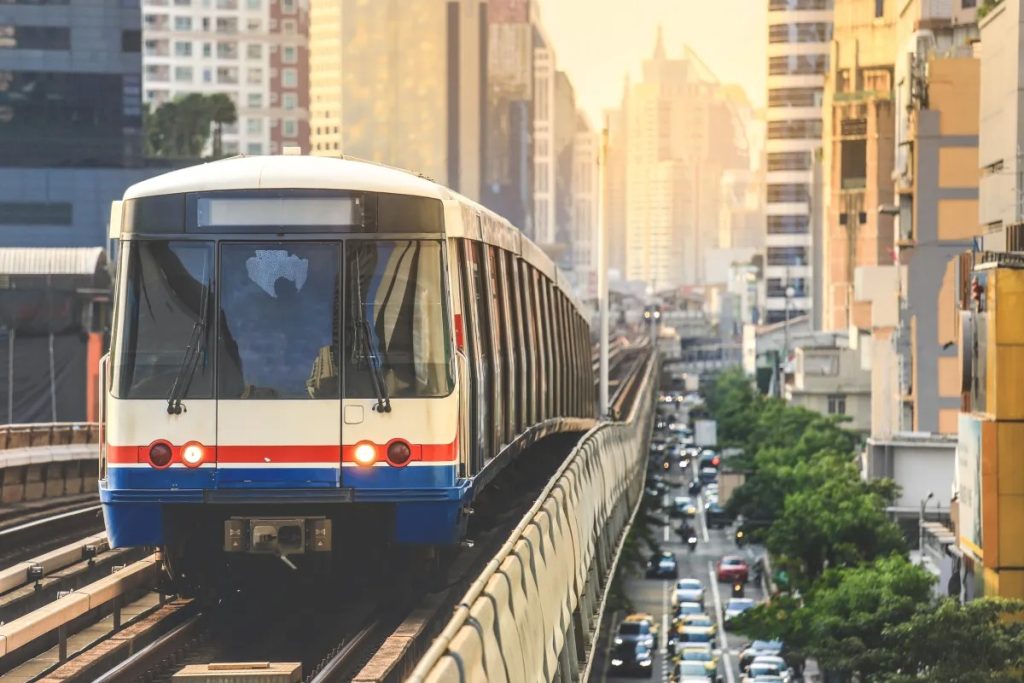
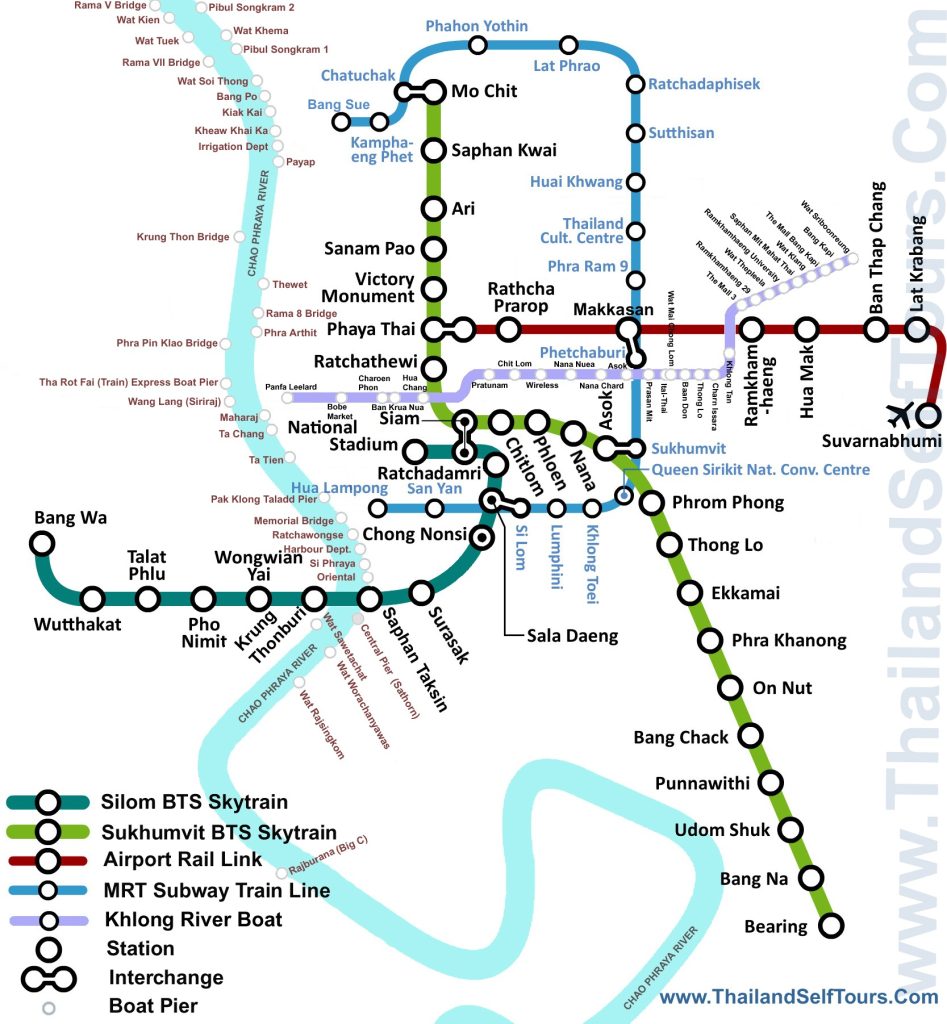
The BTS Skytrain truly is a “tiny hinge swinging open big doors” for Bangkok. Even though it covers a specific portion of the city, its Sukhumvit Line and Silom Line are absolute game-changers for reaching the most visited areas. The Sukhumvit Line stretches from Mo Chit all the way to Samrong, while the Silom Line runs from National Stadium through bustling business and nightlife districts to suburban Bang Wa. These two vital lines intersect at the Siam interchange, which is right in the heart of the Siam area, a fantastic spot to explore some rooftop bars in Bangkok.
Riding the elevated BTS system not only gets you where you need to go quickly but also offers a unique bird’s-eye view of the city’s vibrant streets below. For seamless travel, grabbing a Rabbit Card smartcard is a smart move, making fares super easy. While individual ticket prices range from THB 16 to 59, a one-day unlimited pass for THB 150 (approximately INR 375) offers excellent value for a full day of exploration. It’s truly the fastest and easiest way to navigate the city’s central hubs, providing convenient travel for both tourists and locals.
MRT Subway: Unearthing Bangkok’s Gems
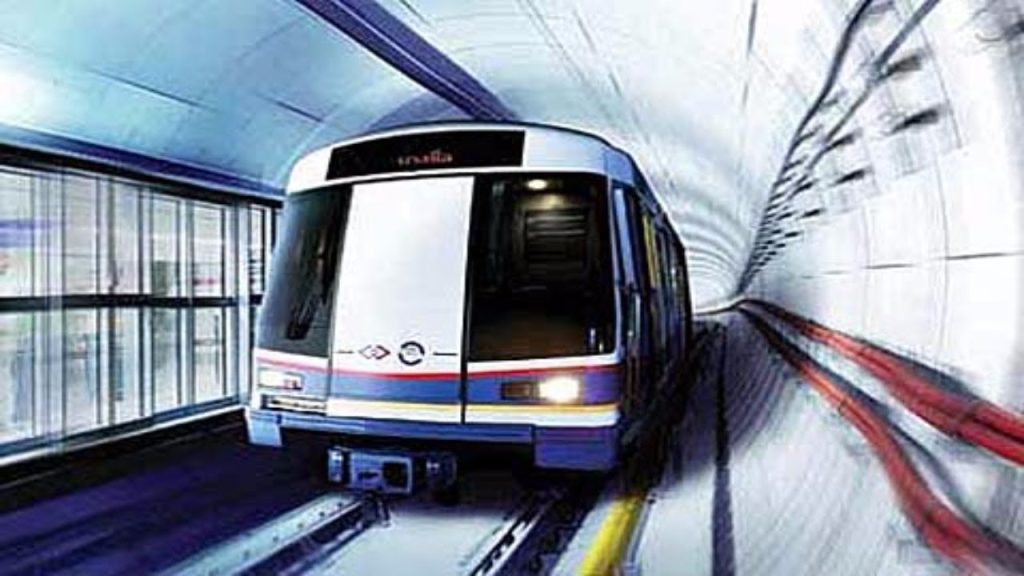
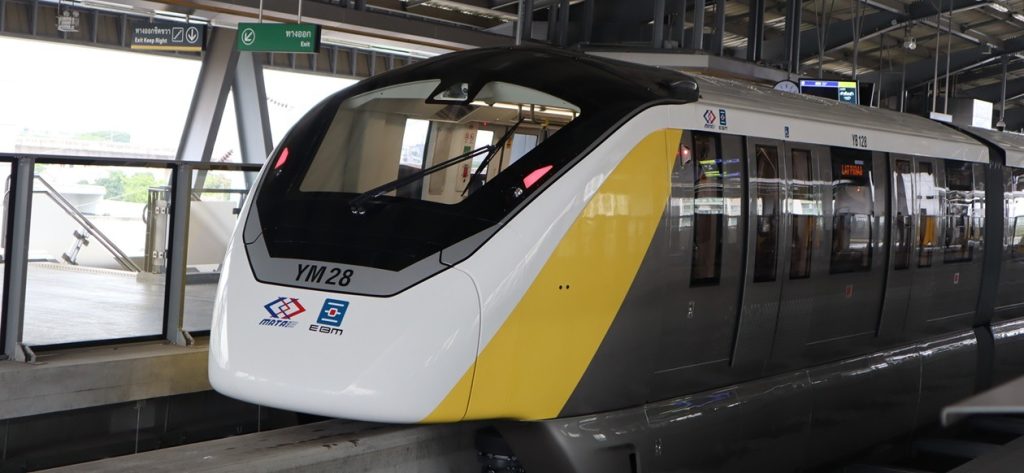
Complementing the BTS, the MRT Subway is Bangkok’s underground metro system, reaching areas the Skytrain doesn’t, like the vibrant Chinatown, the sprawling Chatuchak Weekend Market, and the historic Rattanakosin Island. The popular Blue Line connects central areas such as Chinatown and Chatuchak, forming a loop through the city and stopping at significant cultural sites and business districts. The Purple Line, on the other hand, serves the outer suburbs, making it a handy option for those staying or visiting areas like Nonthaburi.
The MRT operates from 5:30 AM to midnight on weekdays and 6 AM to midnight on weekends, with trains arriving every 5 minutes during peak hours, ensuring a smooth commute. A single-journey token costs between THB 21 and THB 71. Plus, there are discounts available for children under 14 (50%) and students up to 23 years old (10%), which you can get at ticket offices.
For frequent riders, a stored-value card is a great option. It costs THB 180 (approximately INR 450) and includes THB 100 in travel value, a refundable THB 50 deposit, and a THB 30 issuing fee. This card can be topped up at machines, via TrueMoney Wallet, or through Krungthai NEXT, making the MRT a truly best public transport option for exploring diverse parts of Bangkok.
Airport Rail Link: Your Direct Gateway to the City
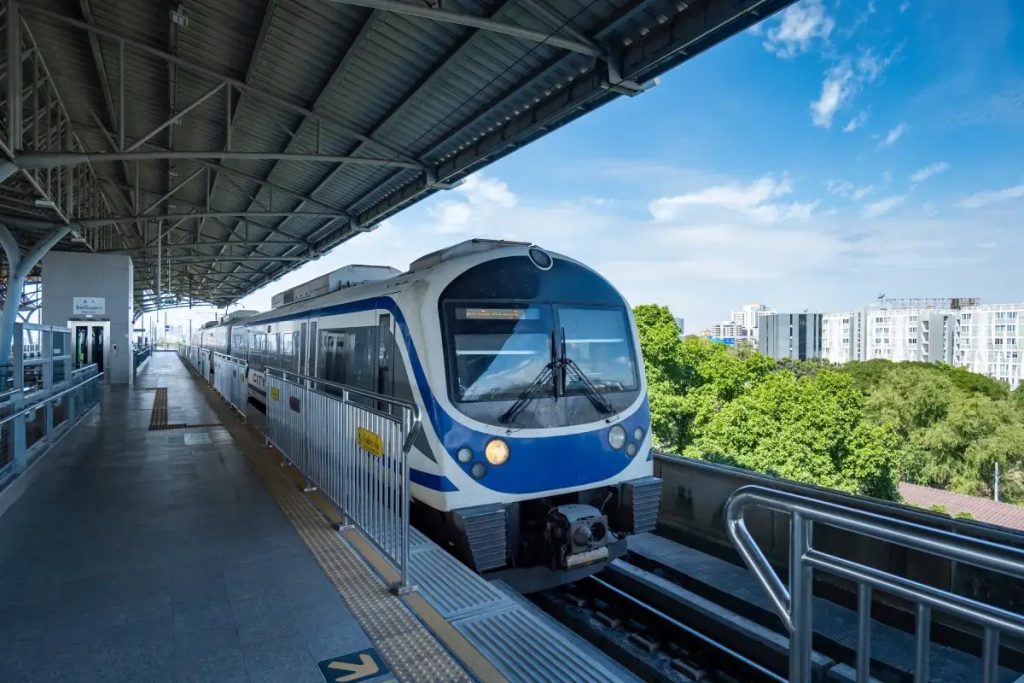
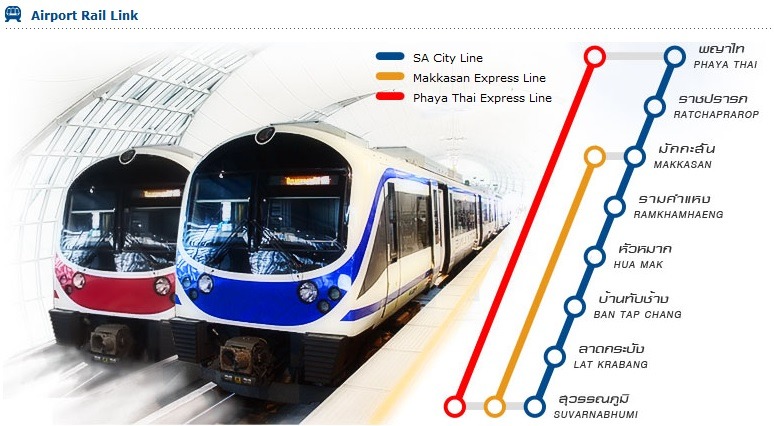
For a swift and stress-free journey from Suvarnabhumi Airport directly into the city, the Airport Rail Link is an excellent choice, allowing you to completely bypass unpredictable highway traffic. The express service whisks you to Makkasan station in approximately 22 minutes, where you can connect with the MRT Blue Line at Phetchaburi Station. If your destination is closer to the BTS Skytrain, the journey to Phaya Thai station takes about 26 minutes, offering a direct interchange with the BTS Sukhumvit Line.
Operating daily from 5:30 AM to midnight with trains departing every 9 minutes, the Airport Rail Link conveniently connects Suvarnabhumi Airport to several stations including Lad Krabang, Ban Thap Chang, Hua Mark, Ramkhamhaeng, Makkasan, Ratchaprarop, and Phaya Thai. The fare from Suvarnabhumi Airport to Phaya Thai Station (BTS interchange) is THB 45 (approximately INR 112), and to Makkasan Station (MRT interchange) it’s THB 35 (approximately INR 87). This efficient link is a lifesaver for travelers, ensuring a speedy and easy commute directly to the heart of Bangkok.
Buses in Bangkok: Budget-Friendly but Tricky
If you’re searching how to travel cheap in Bangkok or best budget transport in Bangkok 2025, buses might pop up, but they come with a learning curve.
Local Buses: Best for Budget Travelers
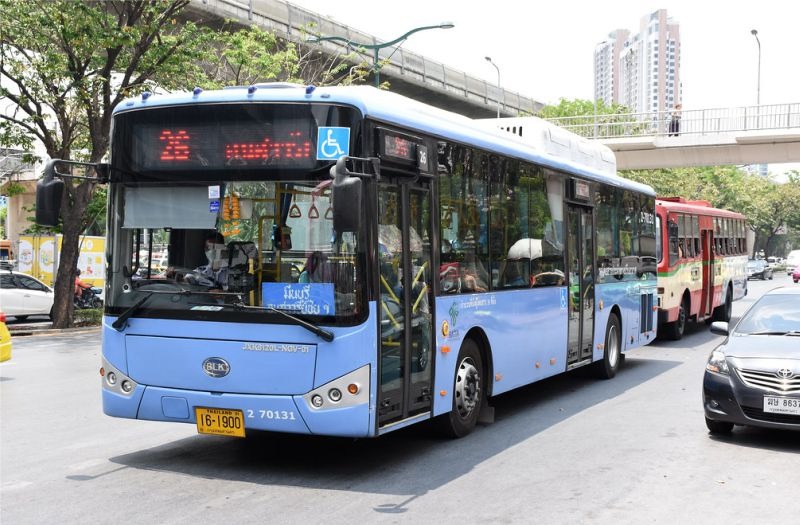
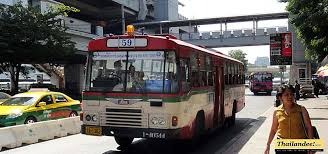
Bangkok’s local buses are as affordable as it gets. The older, non-air-conditioned red and blue buses can cost as little as 8 THB, but they’re hot and often packed. The newer yellow, orange, and blue air-conditioned buses offer more comfort for just a few extra baht. Keep some small change handy—it’s cash only, and there’s no real timetable, which can be confusing for first-timers.
Want to track routes like a local? Download the ViaBus app. It’s your best bet for real-time bus locations and figuring out where to hop on.
Airport Buses & Transfers: Cheap Connections
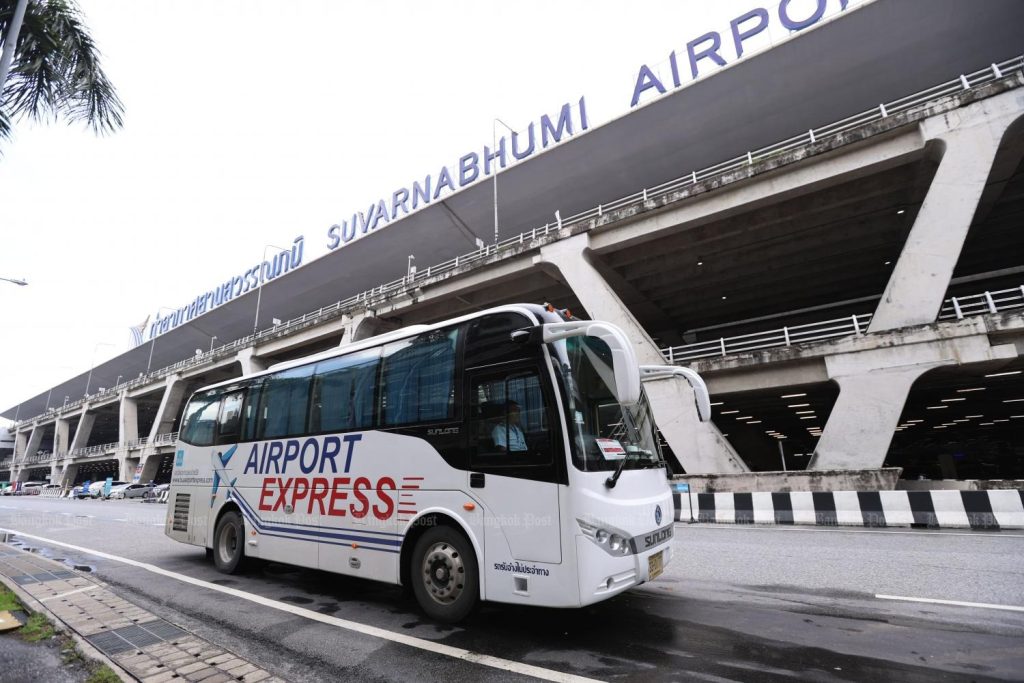
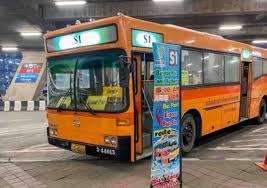
Flying into Bangkok? Look out for the Airport Express Shuttle at Suvarnabhumi—it’s a solid option to avoid pricey taxis. There’s also a free shuttle between Suvarnabhumi (BKK) and Don Mueang (DMK) airports, which is super handy if you’re catching a budget domestic flight. Minivans also run from both airports to various city spots and are wallet-friendly too.
Hop-On Hop-Off Buses: Easy for Tourists
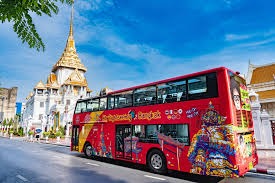
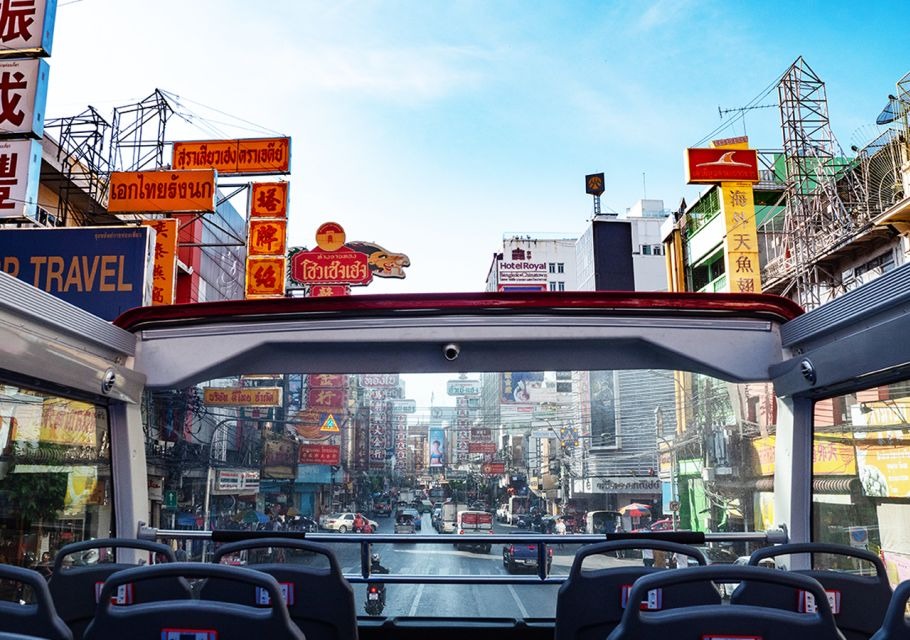
If you’re new in town and just want to hit the highlights, try the Elephant Hop-On Hop-Off Bus. It’s tourist-friendly, comes with an English route map, and lets you explore at your own pace. Think of it as sightseeing made simple, minus the hassle of changing buses.
So, if you’re wondering “is the bus system in Bangkok good for tourists?”—the answer is yes, but only if you’re okay with a little trial and error. For ultra-budget travel in Bangkok, it’s worth a go.
Boats and Ferries: Beat the Traffic with a View
Wondering what’s the best way to travel around Bangkok without traffic? Boats on the Chao Phraya River are your answer. They’re scenic, fast, and get you close to top attractions like the Grand Palace, Wat Arun, and ICONSIAM—no traffic jams, just river breezes.
Chao Phraya River Express Boats

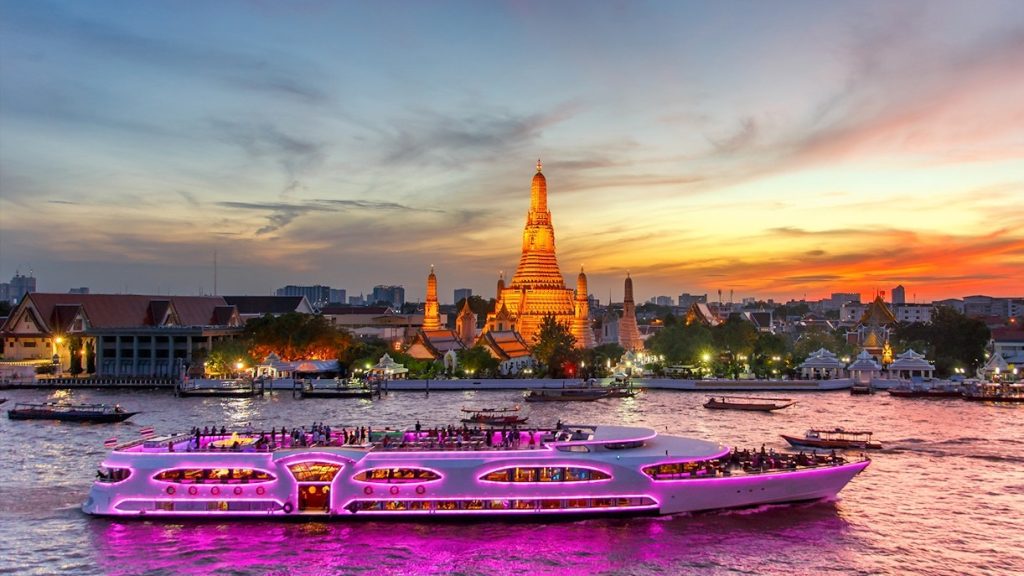
The orange-flag boats are perfect for budget-savvy travelers—they run all day, stop at key piers, and cost as little as 15 THB. The blue-flag tourist boats are designed for easier boarding, English announcements, and a smoother ride to Bangkok’s iconic sites. They’re ideal if you’re searching how to get to the Grand Palace by boat” or best tourist boats in Bangkok.
Want to explore the river at your own pace? Check out the Chao Phraya River Hop-On Hop-Off Boat Tour from Bangkok or the Chao Phraya Tourist Hop-On-Hop-Off Sightseeing Boat. Both are convenient, affordable, and cover the top riverside destinations.
Long-Tail Boats & Canal Tours
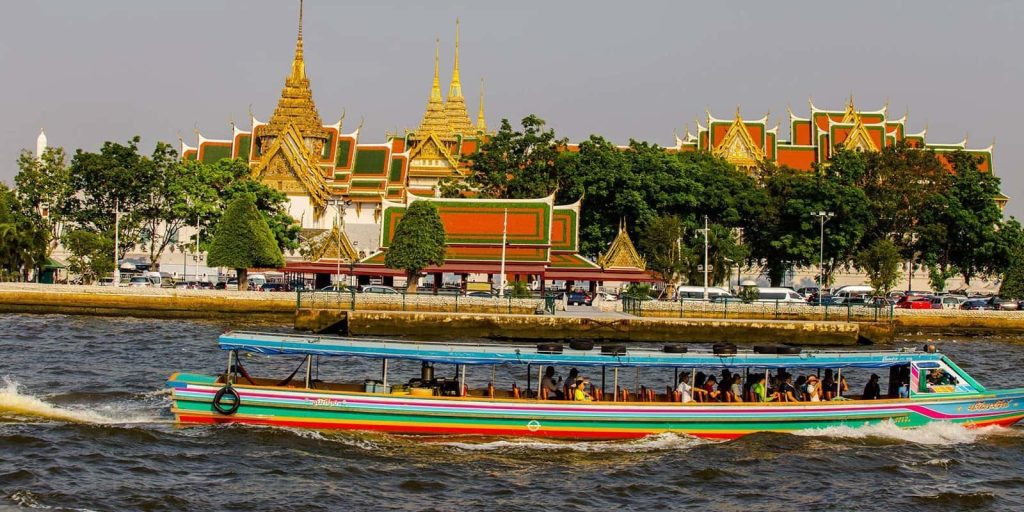
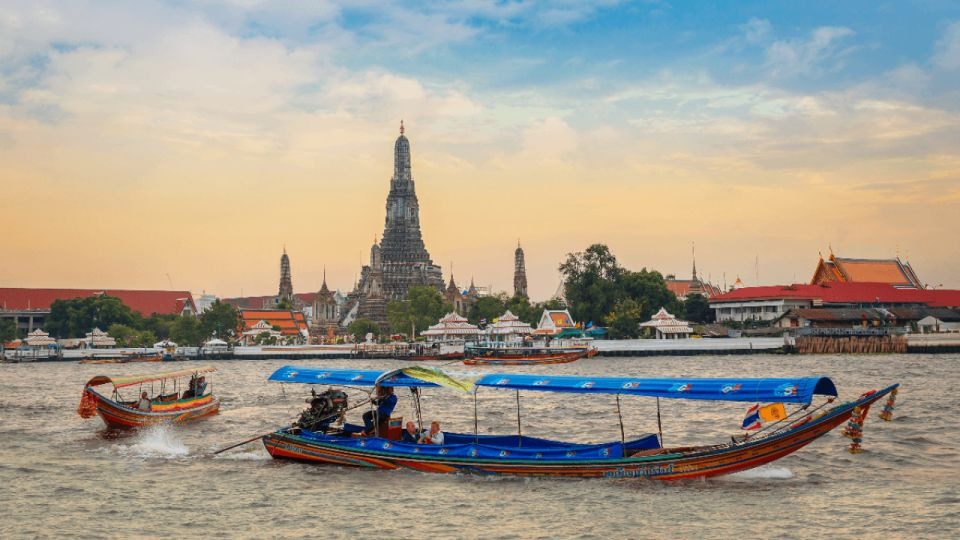
If you’re after a more authentic slice of Bangkok, long-tail boats are the way to go. These traditional boats take you deep into Bangkok’s maze of canals, where life still flows at a slower pace. It’s one of the most underrated ways to explore places like the Artist’s House or floating markets—great for travelers Googling local boat rides in Bangkok. Experience this with Bangkok: Canal Tour by Longtail Boat with English Guide.
Dinner Cruises: Food with a Floating View
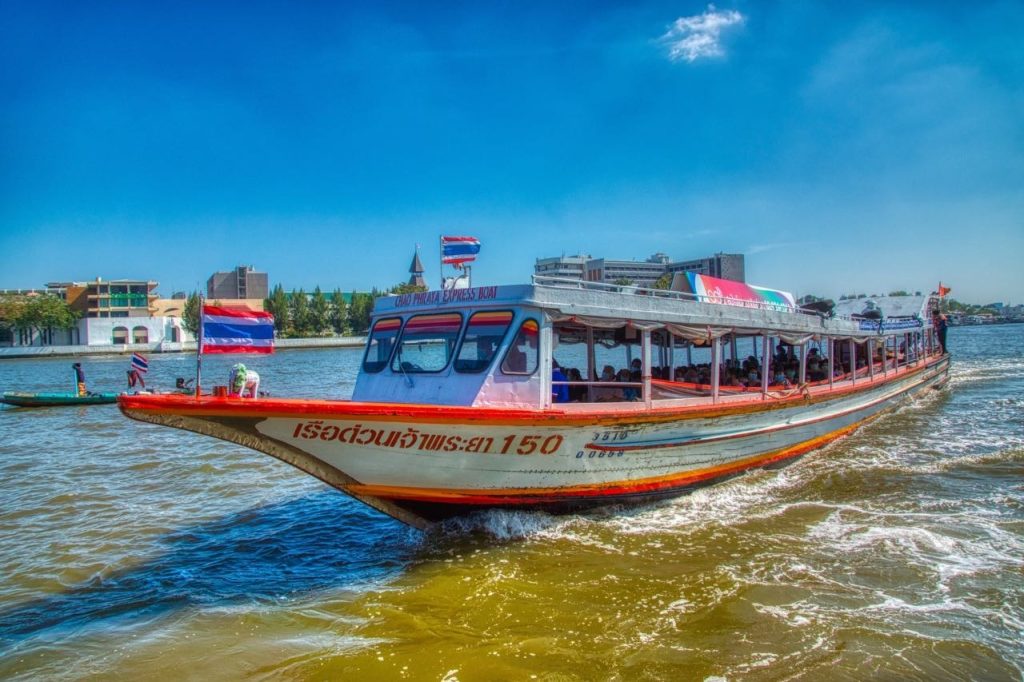
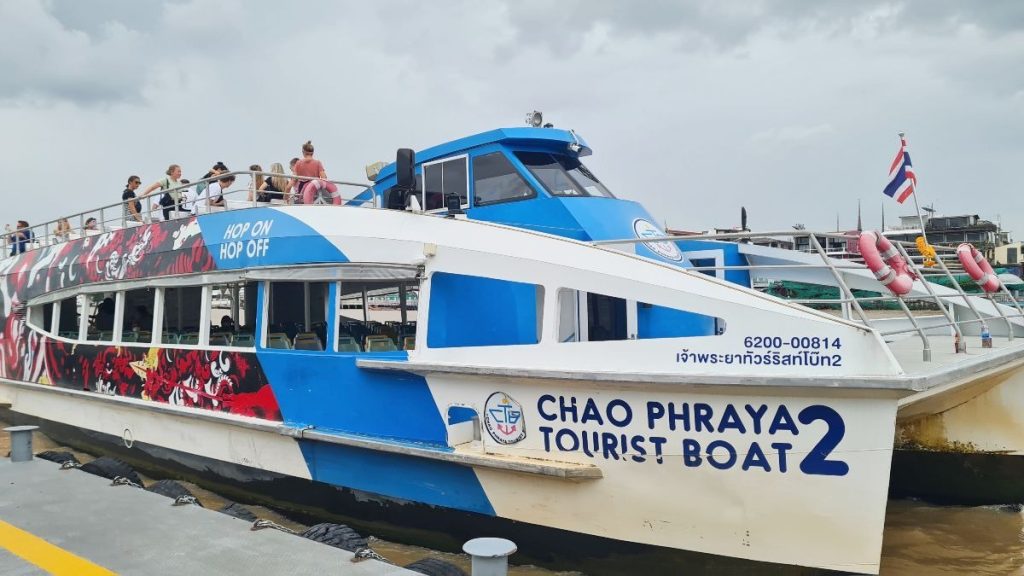
For a magical evening on the water, try a dinner cruise under the city lights. The White Orchid Chao Phraya Dinner Cruise with Unlimited Beer is perfect for those who want a party vibe with bottomless brews and a skyline backdrop. If you prefer live jazz and an international buffet, the Chao Phraya Princess Cruise with Buffet Dinner & Live Music offers a classy yet relaxed riverside evening.
Taxis, Tuk-Tuks & Ride-Hailing Apps: Navigating Bangkok’s Streets
Metered Taxis: Convenience with a Catch
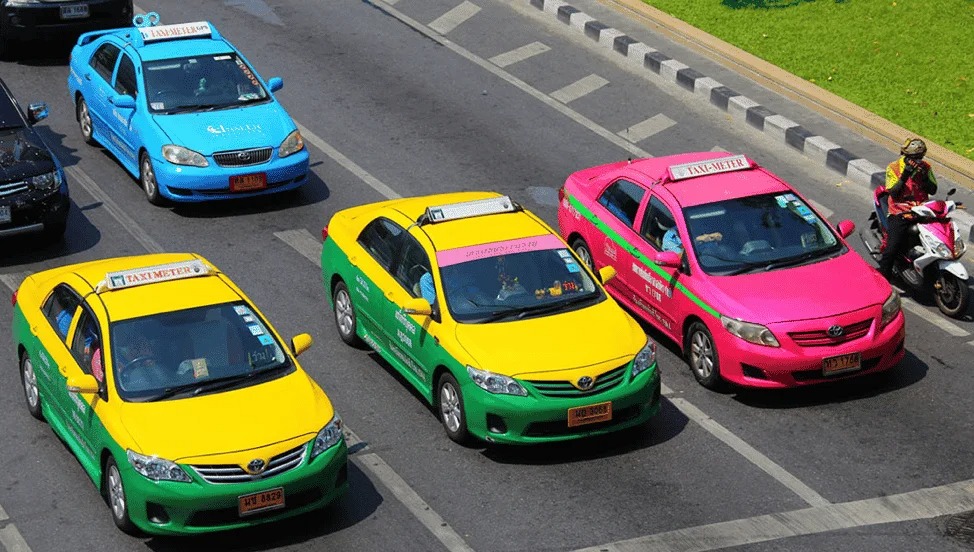
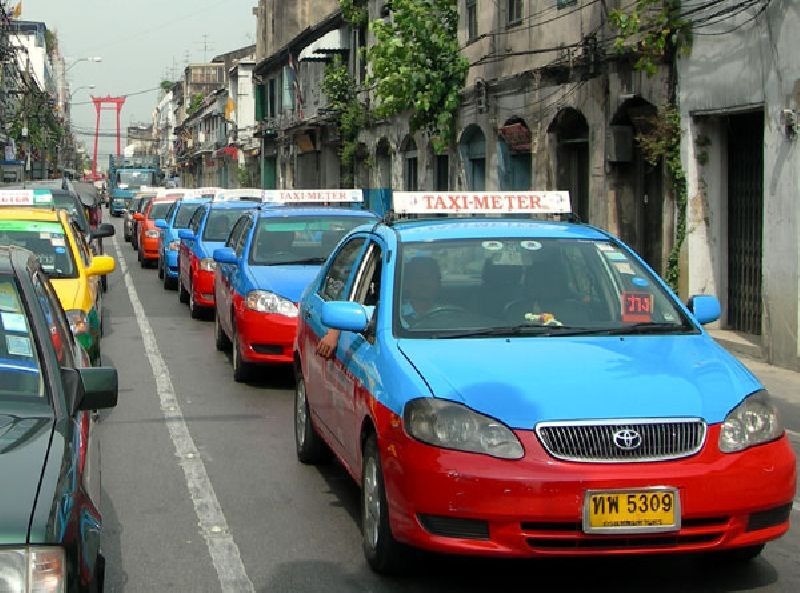
For reliable and often air-conditioned rides, metered taxis are a popular choice for Bangkok transportation. You should always insist that the driver uses the meter, which typically starts at 35฿. A typical 20-minute journey might cost you around 100-150฿. However, be aware that traffic can seriously impact your fare; traveling during rush hour could even triple the cost of what would otherwise be a standard trip.
While getting a metered taxi is usually straightforward in most areas, you might find exceptions around popular tourist hotspots like the Grand Palace or Khao San Road. Here, drivers often try to negotiate fixed fares instead of using the meter. Your best bet is to walk a bit further away from these busy zones to find drivers who are willing to use the meter. For added peace of mind and predictable pricing, you can also consider using ride-hailing apps like Bolt, Grab, or AllThaiTaxi, which often call metered taxis for you and display an estimated fare upfront, making them a great option for easy travel in the city. If you’re planning a trip to the Maeklong Railway Market, it might be more convenient and cost-effective to consider taking a tour rather than a taxi.
Tuk-Tuks: An Iconic Ride
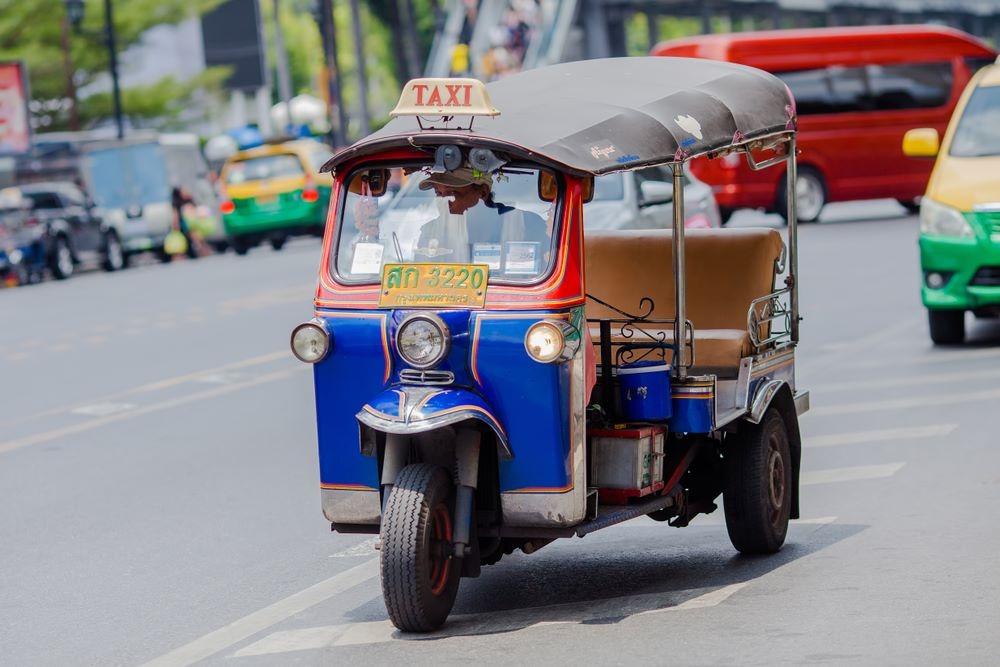
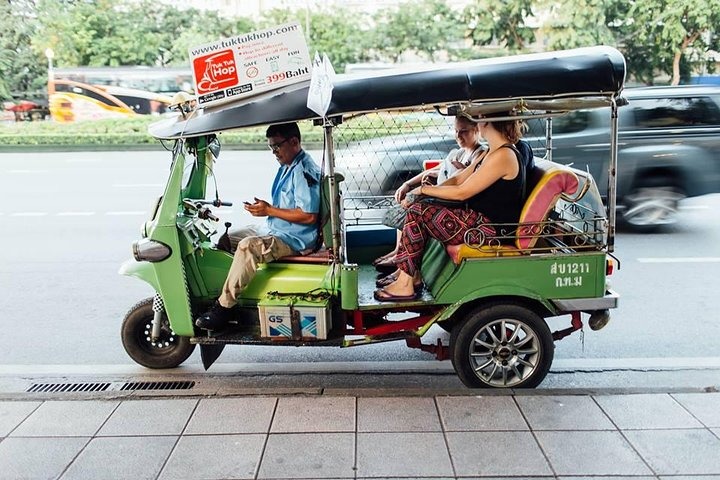
No trip to Bangkok is complete without experiencing a tuk-tuk! These three-wheeled, open-air vehicles are incredibly iconic and offer a truly memorable ride, though they can be quite touristy. It’s crucial that you negotiate the fare beforehand to avoid any surprises, as tuk-tuks don’t use meters. They are fantastic for short distances, especially when you want to soak in the street atmosphere, or simply for the sheer experience of it. While they might not be the fastest way to travel during heavy traffic, they certainly add a unique flavor to your city exploration.
Grab & Ride-Hailing: Modern Mobility


For tourists seeking a balance of safety, convenience, and transparent pricing, Grab and other ride-hailing apps are becoming your go-to for getting around Bangkok. These apps offer a safer alternative to negotiating fares on the street, providing predictable pricing displayed right on your phone before you confirm your ride. With options like GrabCar for comfortable car rides and GrabBike for quick dashes through traffic (though you should be mindful of safety on motorbikes), ride-hailing offers a highly efficient and modern solution for urban mobility. It’s a great way to ensure convenient travel with upfront costs, removing any potential haggling.
Intercity & Regional Travel from Bangkok
Planning a day trip or heading out to Thailand’s other gems? If you’ve Googled “how to get from Bangkok to Pattaya or Hua Hin”, you’re in the right place.
Intercity Buses: Reliable & Budget-Friendly
Bangkok’s long-distance bus network is well-connected, and you’ll find frequent departures to cities like Pattaya, Chiang Mai, and Hua Hin. Major terminals include Mo Chit (for the north), Ekkamai (for the east), and Sai Tai Mai (for southern destinations). Fares are reasonable and bookings can often be made at the terminal or online—ideal if you’re looking for cheap intercity transport from Bangkok.
Minivans: Quick & Convenient for Short Trips
Minivans are a popular option for shorter getaways like Ayutthaya, Kanchanaburi, or the Damnoen Saduak Floating Market. They’re faster than buses and usually leave from Victory Monument, Chatuchak, or Mo Chit. While the seating is tight and luggage space limited, they’re a favorite among locals and budget-conscious travelers looking for quick escapes from Bangkok.
Transport Tips for Tourists in Bangkok
If you’re wondering “how do tourists get around Bangkok without hassle?”—these quick tips will save you time, money, and a few headaches.
- Grab a Rabbit Card for the BTS Skytrain or a HOP Card for tourist boats. They make tapping in and out way faster than juggling coins.
- Avoid public transport during rush hours (7–9 AM and 4–7 PM), especially on weekdays. Trains get packed, and road traffic slows to a crawl.
- Use Google Maps for route planning and the Grab app to book safe, metered rides with upfront pricing—perfect if you’re not fluent in Thai.
- Always keep some small bills and coins on hand. Buses, tuk-tuks, and local vendors rarely break large notes.
- Stay sharp around scams. Politely walk away from drivers who quote fixed prices without a meter, suggest “special gems,” or promise “secret” temples.
- Many travelers often assume they can access the Yellow and Pink Lines with an MRT ticket—but that’s a common oversight. These lines operate separately, so you’ll need to purchase dedicated tickets to ride them.
- Keep in mind, the BTS Skytrain doesn’t run all night. Most services shut down between midnight and 12:30 AM, so if you’re planning a late return, make sure to factor in the last train schedule to avoid being stranded.
- The BTS One-Day Pass offers unlimited rides, but only until midnight of the same day—not for a full 24-hour period. It’s a helpful option for packed sightseeing days but not ideal if you’re planning late-night travel.
- While it may be tempting to use your international credit card at stations, doing so can lead to additional charges. To avoid surprises, opt for prepaid travel cards like the Rabbit Card or MRT stored-value cards—they’re more budget-friendly and widely accepted.
- The MRT doesn’t currently offer any official day or multi-day passes, so be wary of third-party sellers offering such deals. Instead, tourists can easily purchase a top-up card and reload it as needed for convenient travel.
- For popular tourist spots like Chatuchak Market or Chinatown, the MRT Blue Line is the most efficient route. It might get a little crowded, but it’s far more useful than the Purple Line for reaching central attractions.
- If you’re heading to the city from Suvarnabhumi Airport, note that the old Express Airport Rail Link (which ran non-stop) has been discontinued. All trains now make regular station stops.
- Traveling via Don Mueang Airport? The SRT Red Line connects it to downtown, but there’s a five-minute walk from the terminal to the station. If you’re carrying heavy bags or arriving late, a Grab taxi might be a more convenient choice.
- For those landing without mobile data, grab a free transport map from the airport’s information counters or self-serve stands. They’re surprisingly intuitive and make navigating Bangkok’s transit system much simpler than expected.
Choosing the Best Option Based on Your Itinerary

FAQs Section on Getting Around in Bangkok
Q.1 Is Grab cheaper than taxis in Bangkok?
Generally, a metered taxi will be cheaper than a Grab ride, especially if you can find one willing to use the meter. Grab often includes a booking fee, making it slightly more expensive. However, Grab offers the advantage of predictable pricing and avoids potential haggling with street taxis, which can sometimes quote inflated fares for tourists. If you want the ease of the Grab app with meter taxi pricing, you can often select a “Just Grab” or “Meter Taxi” option within the app.
Q.2 Do I need to tip drivers?
Tipping is not strictly obligatory in Thailand, but it’s always appreciated for good service. For metered taxis, you can simply round up the fare to the nearest convenient amount, like to the nearest 10 or 20 Baht. For tuk-tuks, where you negotiate the fare beforehand, tipping isn’t necessary, but a small extra amount is a kind gesture if you’re happy with the ride.
Q.3 How late does BTS run?
The BTS Skytrain generally operates daily from 6:00 AM until midnight. This makes it a great option for evening excursions and getting back to your accommodation after dinner or enjoying Bangkok’s nightlife.
Q.4 Can I take a tuk-tuk to the airport?
While it’s technically possible, taking a tuk-tuk to either Suvarnabhumi (BKK) or Don Mueang (DMK) Airport is generally not recommended for longer journeys. Tuk-tuks are open-air, which can be uncomfortable with luggage or in bad weather, and they are significantly slower for airport distances. Public transport options like the Airport Rail Link or dedicated airport buses/taxis are much more efficient and comfortable for airport transfers.
Q.5 Which card is best – Rabbit or HOP?
The Rabbit Card is primarily used for the BTS Skytrain, as well as for payments at various retail outlets. The HOP Card is a newer option for Bangkok’s public buses. If you plan to use the BTS frequently, the Rabbit Card is a must for convenience. If you intend to use the public bus system often, the HOP Card would be beneficial. Many travelers find that having a Rabbit Card for the BTS/MRT and then using cash or ride-hailing apps for other transport types works well, as the MRT uses its own stored-value card system.
Wrapping Up Your Bangkok Commute: Ride Smart, Explore More
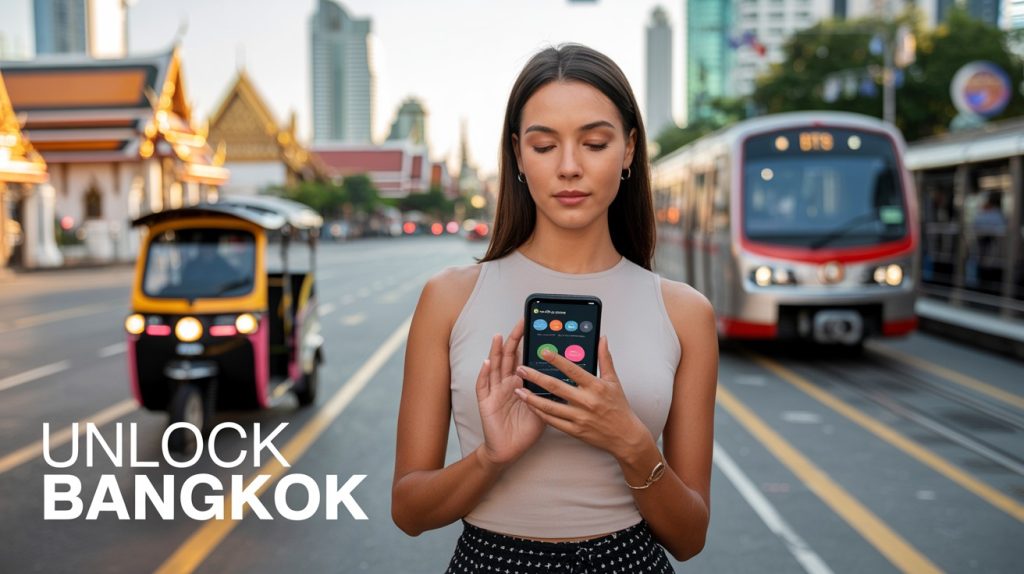
From zipping across the skyline on the BTS to drifting down the Chao Phraya by boat, Bangkok’s transport system is as dynamic as the city itself. Whether you’re heading to temples, shopping districts, or riverside hangouts, choosing the right ride can make your trip smoother and way more fun.
Mix and match your travel modes—pair a tuk-tuk with a river cruise, or hop from MRT to a skytrain for that full-on local experience. And if you’re wondering what to explore once you arrive? Check out Thrillark’s top-rated things to do in Bangkok and grab skip-the-line tickets, all in one go.


